Go and Tell Everyone About 'Candyman'
‘Candyman’ (2021) builds upon the original 1992 film by presenting the myth of Candyman not only as an example of black pain, but as an opportunity for black vengeance.
Netflix’s Shadow and Bone has a complicated relationship with race. It has a diverse cast, but not without its problems. Based on Leigh Bardugo’s two book series, the show features queer characters from the Shadow and Bone trilogy, which is very straight and white, and the Six of Crows duology, which is much more diverse. When bringing together a cast and writing about these characters, the team behind the show expanded upon some of the representation missing from the first trilogy, then seemed to take away representation from the duology. Shadow and Bone seem to play a bit of a push and pull game when it comes to portraying diversity onscreen.
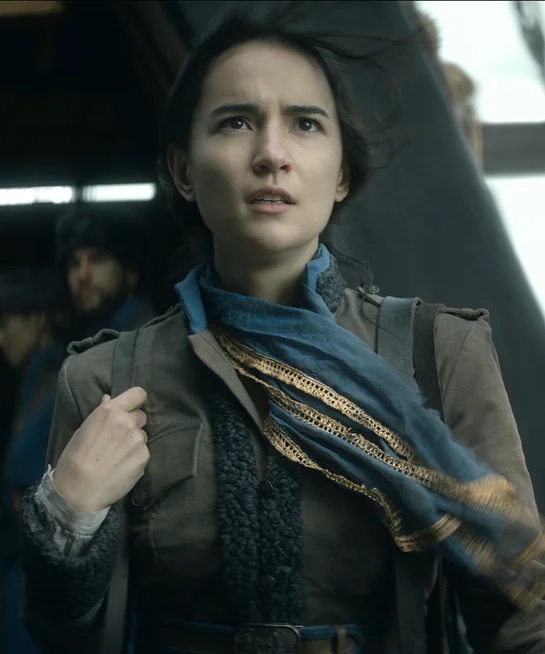
In the books, Alina is white. She’s white because, unfortunately, most heroes are, and because white authors dominate the novel writing industry. Author Leigh Bardugo touched on this in an interview with NPR , saying, “Shadow and Bone was my first book, and I think I was unconsciously echoing a lot of the fantasy that I had grown up with, which sets a kind of default for straight white characters.” Bardugo and many viewers were glad when that was changed for the show, where she is half Shu (Shu represents China). Alina is portrayed by the actor Jessie Mei Li, who is half Chinese and half British. Throughout the show, she is subjected to all kinds of racism, from microaggressions to name-calling to discrimination. Occasionally, the realism of her experience is jarring, and it has become a topic of debate among viewers. But being half-Shu is a huge part of Alina’s life and it affects the way others see her and treat her, just like people of Asian descent in real life. Alina is portrayed as a girl who has had to stand up for herself her whole life to defend her identity as a Ravkan, and her character is all the more compelling for it. Even so, being half Shu does not consume her whole character. It is a major aspect of her identity, but Alina is developed beyond her race, which is extremely important. Whereas others see her as only Shu, as the enemy, Alina constantly identifies herself as other equally important parts of her identity throughout the show: “I am a mapmaker,” “I’m the Sun Summoner,” etc. She’s more than her race — she is a Ravkan, a Grisha, an orphan. And all of these things interact with her racial identity to form her character. She’s more than a token Asian. She’s a complex protagonist.
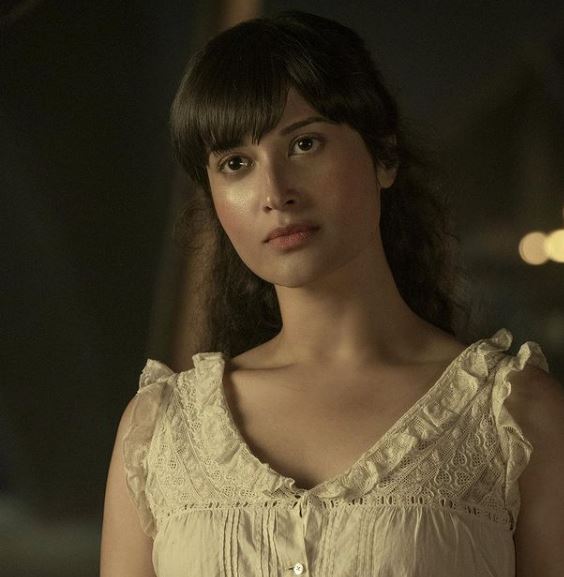
In both the books and show, Zoya begins as an antagonist who later becomes an ally. But her dislike of Alina is never connected to race in the books. There, Zoya’s race isn’t made clear (it is only in a much later Grishaverse novel, King of Scars, that she is revealed to be mixed race with a white mother and Suli aka South Asian father). Zoya is described as having black hair but also blue eyes, generally an indicator of whiteness. In the show, she is of South Asian descent, but unlike Alina it is never shown how her race affects the way people treat her. Zoya grew up in the Little Palace and lived a privileged life, perhaps limiting her experiences with racism. Yet she uses it to hurt Alina by calling her a “half-breed,” indicating that she has experienced racism in some form and will weaponize it to alienate others in an effort to protect herself. Ironically enough, Zoya is mixed race too and seems to only antagonize Alina because of the way she has captured the Darkling’s attention. In this way, Alina and Zoya are like two sides of the same coin — Zoya is who Alina might have become had she passed the Grisha test and been taken to the Little Palace as a child. Zoya is a complex character who is more than her race, who is confident in her powers and beauty, and who does grow throughout the season. She is one of the rarer portrayals of a brown South Asian woman as self-confident, powerful, and desirable.
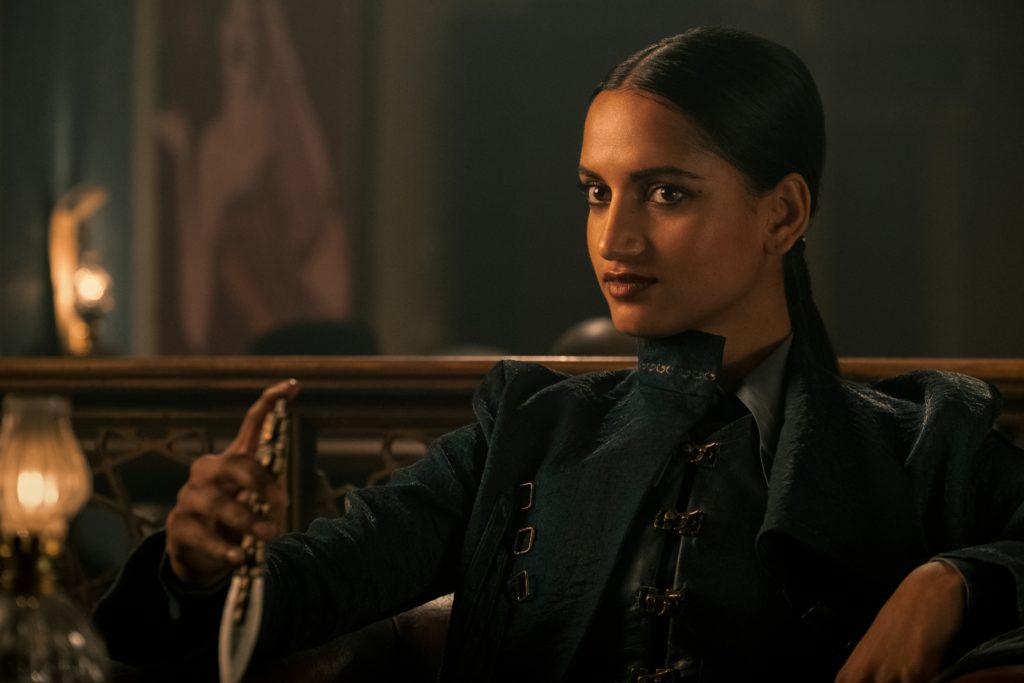
I have to thank the showrunners for simply staying true to Inej. She’s perfect. Most book readers can say that Amita Suman is exactly how we pictured Inej. She is also devoted to her religion, the one thing she has left that ties her to her cultural heritage and to her parents. And she stays true to her religious beliefs, even when they directly contradict those of her friends. Inej is unapologetically devoted to her faith, which makes her a more grounded character. Inej is great representation for young South Asian girls who may not often see themselves on screen as badass, self-confident, and strong like Inej is.
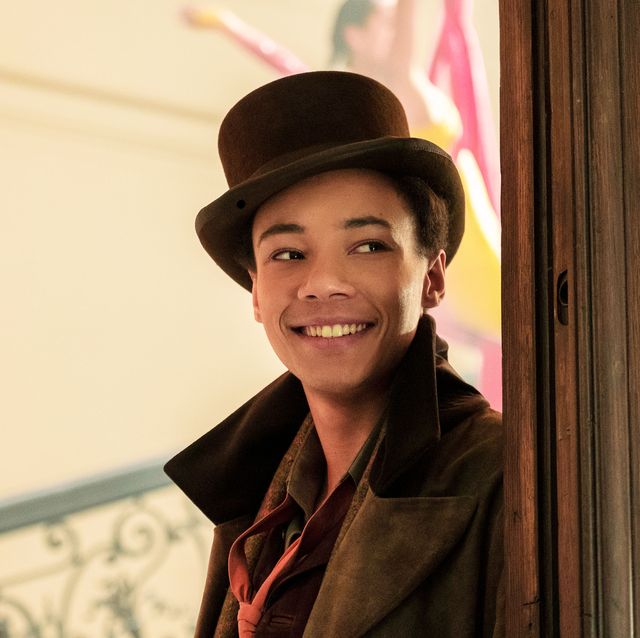
In the books and show, Jesper is one of the few black characters. In the books, Jesper is mixed race and is described as dark-skinned many times. He comes from Novyi Zem (aka sub-Saharan Africa). It is made clear that he has a darker skin tone than any of the other characters. So why did the show cast Kit Young, an extremely light-skinned actor to play the role? I can’t deny that Young’s performance as Jesper is fantastic. He embodies all of Jesper’s core traits — his confidence, flirtatious attitude, reckless behavior, and charm. However, this may be another example of colorism in Hollywood. The show has few black characters, to begin with, and the only one who is in the main cast is very pale (There are 2 other black characters with speaking roles: the Inferni in episode 1 who dies a few minutes after we meet her and Nadia, one of Alina’s Grisha friends who barely gets any screen time). This could have been a great opportunity for a dark-skinned queer protagonist to be in the limelight. I am glad that the show doesn’t shy away from Jesper’s queerness. But it feels like dark-skinned black actors have been shortchanged, left out in favor of their lighter counterparts. This is simply one example of the colorism that is rampant in Hollywood and Netflix.
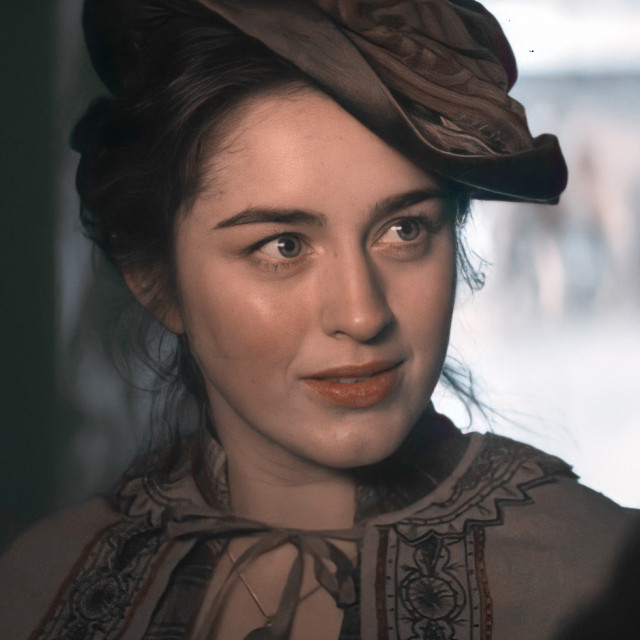
Nina’s casting is one of this show’s greatest missteps. In the books, Nina is described as distinctly rotund, large, fat. And she is desirable. She is beautiful. She is confident. Her fatness is never something she has to overcome or feel shame about. This would have been a great opportunity for the casting team to cast a fat woman to portray one of the first fat female protagonists who is never persecuted or judged for her size. But they cast instead a thin, arguably mid-size woman, Danielle Galligan, proving once more that Hollywood will never let fat women be anything other than the butt of the joke. To be fair, Galligan’s performance is wonderful — she embodies Nina’s flirtatious and fun-loving attitude, as well as her confidence and grit. And she has amazing chemistry with Calahan Skogman, who plays her love interest, Matthias. I am not doubting her ability to play Nina. But her acting skills do not take away from the fact that Netflix consciously chose not to hire a fat actress to play a canonically fat character. Nina would have been amazing representation for fat girls everywhere to see themselves on screen as powerful and desirable. But instead, this casting decision tells fat girls, women, and actresses that they won’t see themselves on screen, and especially not as heroines.

If you haven’t already heard the controversy, Amita Suman’s (Inej’s) stunt double was a white woman in brownface. I shouldn’t have to spell out how it’s bad that a white woman was painted brown to perform as a woman of color. There is no excuse. However, unlike the casting problems with Jesper and Nina, this is a bit of an easier fix. Don’t hire a white woman as a brown woman’s stunt double. Do better next time. And there should be a next time.
Shadow and Bone needs to continue. We rarely get popular shows like this that feature such a diverse cast represented decently well. This needs to go on. They need to be given the opportunity to improve. This show needs to prove that diverse casts are what people want, that they are worth the effort put into them. More shows like this should be made so underrepresented groups can finally see ourselves reflected onscreen and feel good about that.
Related lists created by the same author
‘Candyman’ (2021) builds upon the original 1992 film by presenting the myth of Candyman not only as an example of black pain, but as an opportunity for black vengeance.
Related diversity category
Shadow & Bone excels in natural story representation with powerful centering of culture. Jessie Mei Li stars as Alina Starkov, the feisty cartographer with kindness, innocence, and integrity, who comes to be revealed as the legendary summoner of light.